Tatarstan’s retail market grows to 1.2 trillion rubles
Retail trade turnover in Tatarstan exceeded 1 trillion rubles for 9 months of 2023
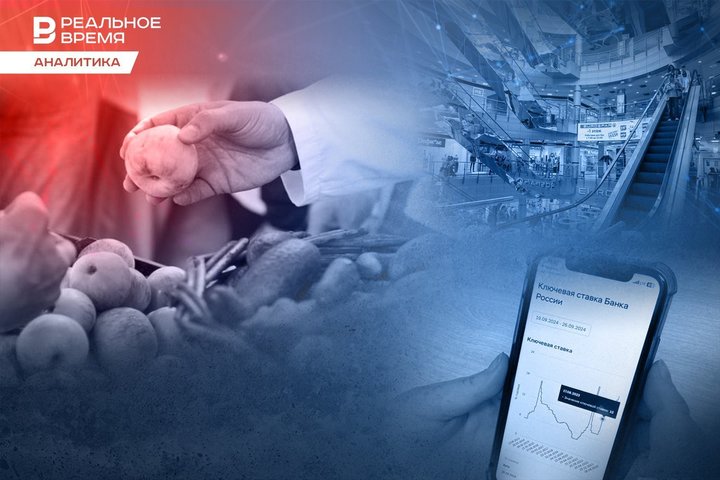
The expected decline in the retail market in Tatarstan did not occur. According to official statistics, the population continues to spend actively. Thus, in the first 9 months of 2024, retail in the republic increased by 9.6% in comparable prices compared to last year and reached 1.2 trillion rubles. And if the turnover of food products increased by only 3.6%, to 514.2 billion rubles, then non-food retail increased by 14.7%, to 656.8 billion rubles. High inflation does not contribute to the transition of the population to a savings model of behaviour.
Retail trade turnover in Tatarstan in the first nine months of 2024 reached 1.2 trillion rubles according to Tatarstan Statistics. In comparable prices, it increased by 9.6% compared to the same period last year. In general, the growth dynamics of the retail market is not inferior to last year's — for 9 months of 2023, the growth was 9.3%.
The turnover of the food retail trade increased by 3.6%, to 514.2 billion rubles (a year earlier, the turnover of food retail increased by 7.4%). Non-food retail in the republic is growing more actively than in 2023 — in 9 months it increased by 14.7% to 656.8 billion rubles. A year earlier, the growth rate of non-food retail was 10.9%.
Main indicators of consumer market of Tatarstan
INDICATOR | JANUARY — SEPTEMBER 2023 | JANUARY — SEPTEMBER 2024 | |
1 | Volume of retail trade turnover | 1 trillion rubles | 1.2 trillion rubles |
2 | Index of physical volume of retail trade turnover, compared to corresponding period last year | 109,3% | 109,6% |
3 | Volume of retail trade in food products, including beverages, and tobacco products | 456.5 billion rubles | 514.2 billion rubles |
4 | Index of physical volume of retail food trade turnover, compared to corresponding period last year | 107,4% | 103,6% |
5 | Volume of retail trade in non-food products | 545.1 billion rubles | 656.8 billion rubles |
6 | Index of physical volume of retail trade in non-food products | 110,9% | 114,7% |
7 | Retail trade turnover volume per capita | 250,367 rubles | 292,588 rubles |
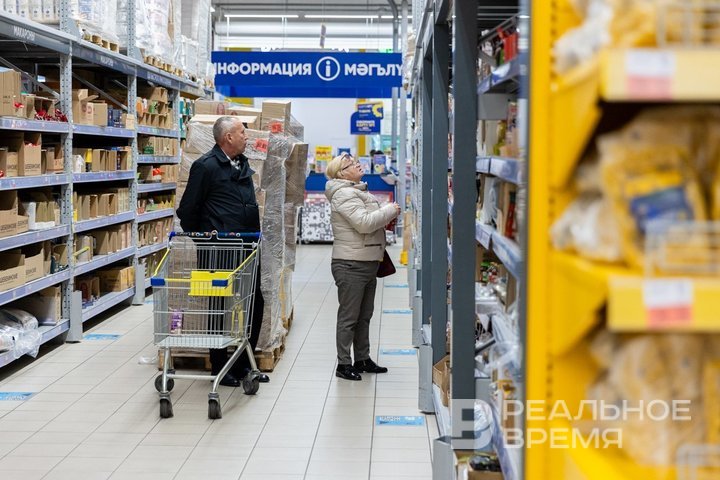
No matter how difficult the economic situation is, retail trade turnover in Russia and Tatarstan is traditionally growing — in other words, no matter what happens in the economy, everything in the country is always getting more expensive. The drop in retail turnover occurred only in 2020, when the trade was covered by a lockdown. Since 2022, despite some difficulties and the need to change logistics chains, republican retail has continued to show growth.
At the same time, the growth dynamics are no longer as active as after the recession in 2022. Inflation also affects consumer behaviour — judging by the figures, Tatarstan residents have begun to buy less food, but are still actively spending on non-food products.
The number of retail and catering enterprises decreased slightly during this period, and the number of consumer services facilities increased from 6,590 to 6,682.
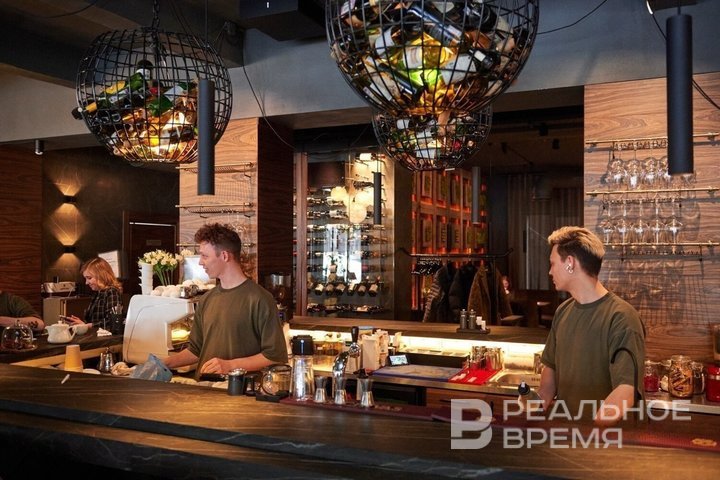
Consumer market enterprises
INDICATOR | JANUARY — SEPTEMBER 2023 | JANUARY — SEPTEMBER 2024 | |
1 | Number of trading enterprises | 16,555 | 16,527 |
2 | Number of catering establishments | 5,614 | 5,593 |
3 | Number of public service facilities | 6,590 | 6,682 |
The turnover of catering market in the republic reached 57.9 billion rubles, in comparable prices it increased by 8.2%. The dynamics of this market is slowing down — last year the growth rate was +18.1%. The volume of turnover of household services to the population increased by 5.4%, to 53.9 billion rubles.
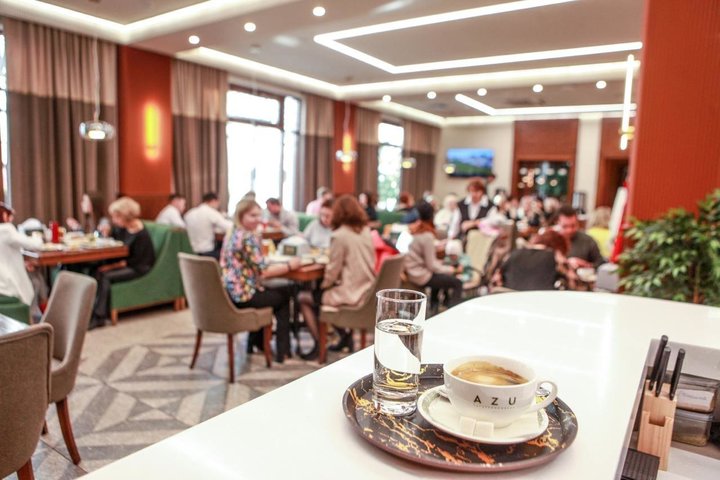
Turnover of public catering market and household services
INDICATOR | JANUARY — SEPTEMBER 2023 | JANUARY — SEPTEMBER 2024 | |
1 | Volume of turnover of public catering | 48.8 billion rubles | 57.9 billion rubles |
2 | Index of physical volume of public catering turnover | 118,1% | 108,2% |
3 | Volume of household services to the population | 45.9 billion rubles | 53.9 billion rubles |
4 | Index of physical volume of household services to the population | 105,9% | 105,4% |
Retail in Tatarstan is growing more dynamically than in Russia as a whole. Retail trade turnover in Russia increased by 7.8% in January — September 2024, to 40.242 trillion rubles, according to the Rosstat report on the socio-economic situation of Russia. At the same time, sales of food products increased by 6.4%, non-food products by 9.2%.
As Roman Chekushov, State Secretary and Deputy Minister of Industry and Trade of the Russian Federation, noted, the positive trend in the growth of retail trade turnover indicates that Russian trade is successfully coping with emerging challenges. So, according to him, large retailers are entering new regions for themselves, and e-commerce is actively developing. “At the same time, these figures hide not only a developed supply of various goods, but also an increase in real disposable incomes of the population," Chekushov believes.
In 2023-2024, household incomes began to grow for the first time since 2013, which ensured an increase in consumer activity and the growth of the Russian retail market. According to INFOLine, in 2023, retail trade turnover in the Russian Federation increased in monetary terms by 13.1%. In 2024, growth is expected to slow down in all product categories. Against this background, market consolidation continues, the share of the top 100 already accounts for more than 59% of the market, and the main growth rates are provided by marketplaces, which increased by 72.1% in the first half of 2024.
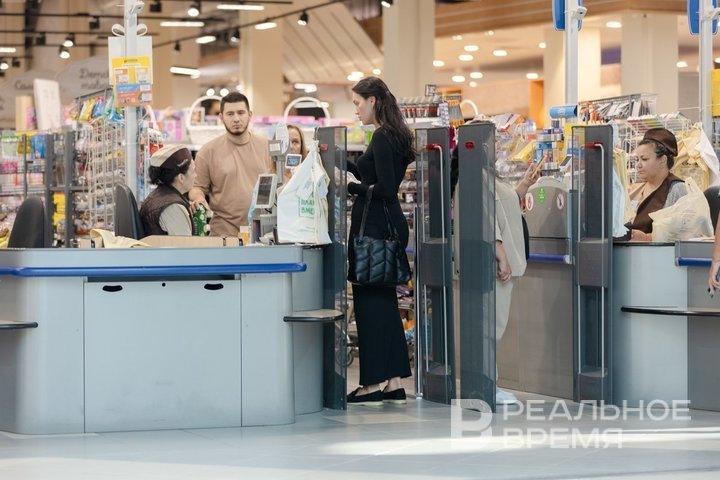
According to INFOLine, the revenue of the e-commerce leaders increased significantly over the calendar year: Wildberries earned 59% more, Ozon — 75% (data for the first half of 2023 and 2024 were compared). X5 group is still the leader in terms of revenue in Russia, but Wildberries marketplace, which has displaced Magnit, is already in second place.
However, according to Mikhail Burmistrov, CEO of INFOLine, inflationary pressure and an increase in the refinancing rate, an increase in transaction and logistics costs, combined with a weakening ruble, will worsen the financial performance of retailers and negatively affect the dynamics of development in 2025.
Population is in a hurry to buy something “while there is money”
Retail today is influenced by several factors at once: income dynamics, inflation (especially inflation expectations) and current credit conditions, lists Ignat Ivanov, an analyst at Finam.

Consumers make a decision about buying a product by comparing their own incomes and expectations based on the dynamics of prices for this product. To make it easier to track and predict the dynamics of spending, the Central Bank calculates the “Consumer Sentiment Index”, which consists of a sub-index of expectations and a sub-index of the current state. In recent months, there has been a deterioration in consumer expectations, while estimates of the current state remain approximately in the same zone (in October, estimates increased).
Consumers make large purchases of goods of cyclical demand, expecting their prices to rise in the future. At the same time, the population is not sure that the current income growth will continue next year, so it is in a hurry to buy something while “there is money," the analyst explains.
A slowdown in the retail market in Russia has already been observed, albeit slightly. In the second quarter, retail grew more slowly (both grocery and non-grocery) compared to the first quarter of 2024. From the beginning of 2025, retail growth rates are likely to be more modest due to the high base of this year, he forecasts.
Also, the desire to “buy” may become less strong due to significantly increased deposit rates and consistently high inflation. However, as long as household incomes grow faster than inflation, active consumption will continue, although its dynamics will be weaker than in 2023.
Growth rate of salaries in Tatarstan is 1.2 times higher than the national rate

The outstripping growth in retail trade turnover in Tatarstan, compared with Russia, is due, in particular, to the outstripping growth rates of wages, he believes. In August of this year, wages increased by 21.4% compared to last year, the growth rate is 1.2 times higher than the national average. In addition, the accelerated pace of tourism development also reflected an increase in retail and catering turnover.
“With an increase in income, the share of spending on food decreases, so in developed countries it is about 20%, so we should expect an increase in the share of non-food products and services if income growth continues," Shayakhmetov predicts. “Therefore, in this case, the growth in sales of non-food products will occur at a higher rate than the increase in food turnover. At the same time, it should be borne in mind that in September 2024, compared to August 2024, sales decreased: meat — by 3.5%, fish — by 1.6%, dairy products — by 1.6%, which indicates a decrease in consumer activity of the population. Therefore, a decrease in the rate of consumption of food products should be expected in the future.”
However, the founder of Indever men's clothing company and the owner of Sisley brand stores in Kazan, Adel Yagudin, does not believe Rosstat statistics. In his opinion, the retail market is falling already in 2024: the purchasing power of the population is lower than in 2023. “Everything is getting more expensive and will continue to get more expensive: employees are asking for a salary increase, the landlord is raising the rent, the dollar is rising, taxes are rising — all this ultimately affects the price of goods," he commented.

There is also a redistribution in the premium segment: conditionally, Brioni for 600,000 is already expensive. In addition, the entrepreneur forecasts a decrease in sales to online retailers: they will be affected by the rise in the cost of consumer loans.